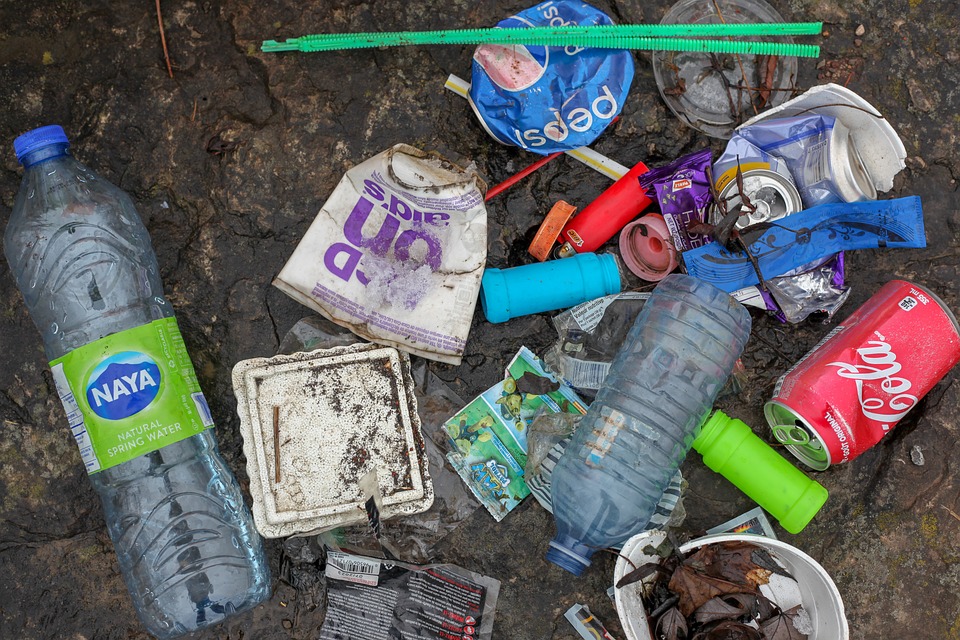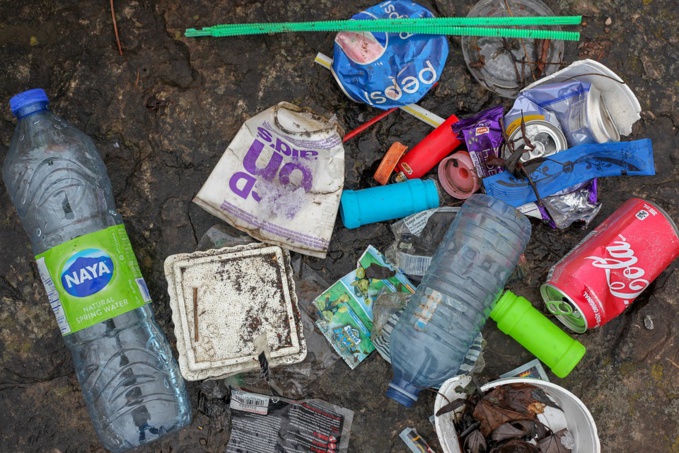The IPBES report presented on May 6 warns that human activity has put at risk about a million species of living beings. The paper prepared by 145 experts from 50 countries states that “the state of nature throughout the world is deteriorating at an unprecedented level in the history of mankind”.
"The depressing evidence of the state of the world nature in a wide range of different areas draws an ominous picture," said the British chemist Sir Robert Watson, IPBES. "The health of an ecosystem that we and other species depend on is deteriorating faster than ever before."
The IPBES was established in 2012 with the support of governments from 94 countries and four UN agencies, including UNESCO and the United Nations Environment Program.
The authors worked on the report for three years and used about 15 thousand scientific and governmental sources. They concluded that since 1900 the average number of species in the main human-inhabited regions has decreased by 20%. About a million species are under threat of extinction; some of them will go extinct in the coming decades, if appropriate measures are not taken. Since the 16th century, about 680 species of vertebrates have been destroyed.
According to scientists, on average, 25% of vertebrates and invertebrates of terrestrial and aquatic animals, as well as plants, about 40% of amphibians, more than a third of marine mammals, 33% of corals forming marine reefs, and about 10% of insects, are threatened with extinction.
The report emphasizes that the growing threat of species extinction is associated with human activity. "These losses are a direct result of human activity, and they are a direct threat to the well-being of humanity in all regions of the world... An important, interconnected fabric of life is becoming thinner and more and more weary," said one of the authors of the report, a professor at the German Helmholtz Center for Research environment, Josef Settele. According to the report, three-quarters of the land and about 66% of the sea landscape are greatly modified as a result of human activity. Human activities have had a particularly strong impact on certain types of landscapes: for example, from 1700 to 2000, 85% of the marshes disappeared. It means they are destroyed three times faster than forests.
Agriculture has a very strong influence on the state of nature: more than a third of the land surface and about 75% of fresh water is used for agriculture, including livestock. The production of food crops has increased since 1970 by 300%. Especially large areas of land are occupied by pastures (about 25% of all territories). About 60 billion tons of renewable and non-renewable resources are produced and used annually, which is twice as much as in 1980.
The growth of cities, the area of which since 1992 has more than doubled, is yet another factor. There are also examples of direct destruction of species: according to the report’s authors, 33% of all fish stocks were caught at an environmentally unsafe level in 2015, which threatens some species of fish with extinction. The level of environmental pollution is also rising sharply. Since 1980, plastic waste pollution has increased tenfold; 300–400 million tons of such waste is discharged into world waters every year. Climate change can have a significant effect on the diversity of the animal world: global warming has already affected half of mammals and a quarter of endangered birds.
At the same time, the report emphasizes that the extinction of all these species can still be avoided.
Among other things, scientists recommend spreading agricultural practices that are less harmful to the environment, and introducing multifunctional planning of land and water resources use, more efficiently applying and observing fishing quotas for fish and other marine animals, creating protected marine areas, reducing ocean pollution by sewage, encouraging more environmentally friendly consumption and reduce the amount of food and other garbage, to expand green areas in cities, etc.
source: ipbes.net
"The depressing evidence of the state of the world nature in a wide range of different areas draws an ominous picture," said the British chemist Sir Robert Watson, IPBES. "The health of an ecosystem that we and other species depend on is deteriorating faster than ever before."
The IPBES was established in 2012 with the support of governments from 94 countries and four UN agencies, including UNESCO and the United Nations Environment Program.
The authors worked on the report for three years and used about 15 thousand scientific and governmental sources. They concluded that since 1900 the average number of species in the main human-inhabited regions has decreased by 20%. About a million species are under threat of extinction; some of them will go extinct in the coming decades, if appropriate measures are not taken. Since the 16th century, about 680 species of vertebrates have been destroyed.
According to scientists, on average, 25% of vertebrates and invertebrates of terrestrial and aquatic animals, as well as plants, about 40% of amphibians, more than a third of marine mammals, 33% of corals forming marine reefs, and about 10% of insects, are threatened with extinction.
The report emphasizes that the growing threat of species extinction is associated with human activity. "These losses are a direct result of human activity, and they are a direct threat to the well-being of humanity in all regions of the world... An important, interconnected fabric of life is becoming thinner and more and more weary," said one of the authors of the report, a professor at the German Helmholtz Center for Research environment, Josef Settele. According to the report, three-quarters of the land and about 66% of the sea landscape are greatly modified as a result of human activity. Human activities have had a particularly strong impact on certain types of landscapes: for example, from 1700 to 2000, 85% of the marshes disappeared. It means they are destroyed three times faster than forests.
Agriculture has a very strong influence on the state of nature: more than a third of the land surface and about 75% of fresh water is used for agriculture, including livestock. The production of food crops has increased since 1970 by 300%. Especially large areas of land are occupied by pastures (about 25% of all territories). About 60 billion tons of renewable and non-renewable resources are produced and used annually, which is twice as much as in 1980.
The growth of cities, the area of which since 1992 has more than doubled, is yet another factor. There are also examples of direct destruction of species: according to the report’s authors, 33% of all fish stocks were caught at an environmentally unsafe level in 2015, which threatens some species of fish with extinction. The level of environmental pollution is also rising sharply. Since 1980, plastic waste pollution has increased tenfold; 300–400 million tons of such waste is discharged into world waters every year. Climate change can have a significant effect on the diversity of the animal world: global warming has already affected half of mammals and a quarter of endangered birds.
At the same time, the report emphasizes that the extinction of all these species can still be avoided.
Among other things, scientists recommend spreading agricultural practices that are less harmful to the environment, and introducing multifunctional planning of land and water resources use, more efficiently applying and observing fishing quotas for fish and other marine animals, creating protected marine areas, reducing ocean pollution by sewage, encouraging more environmentally friendly consumption and reduce the amount of food and other garbage, to expand green areas in cities, etc.
source: ipbes.net



















